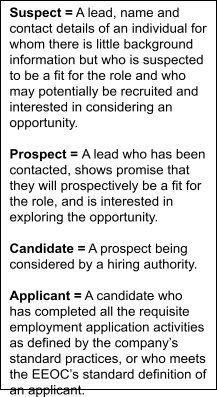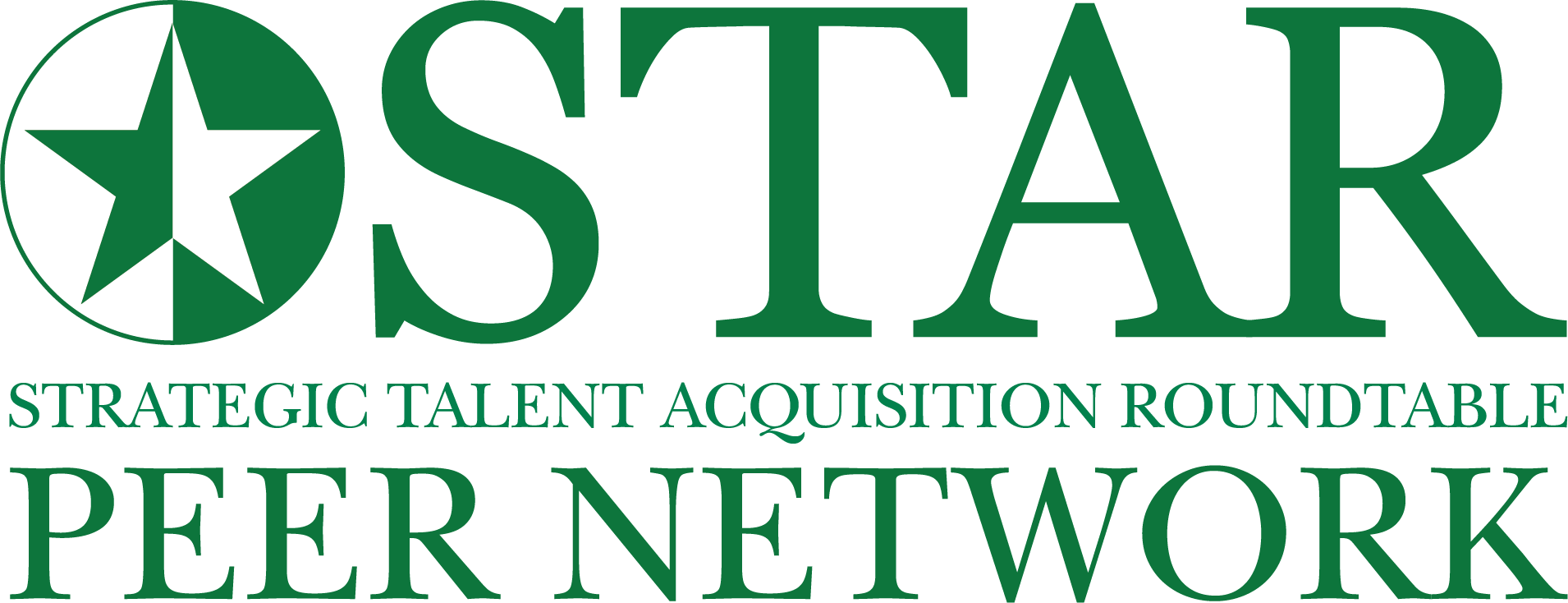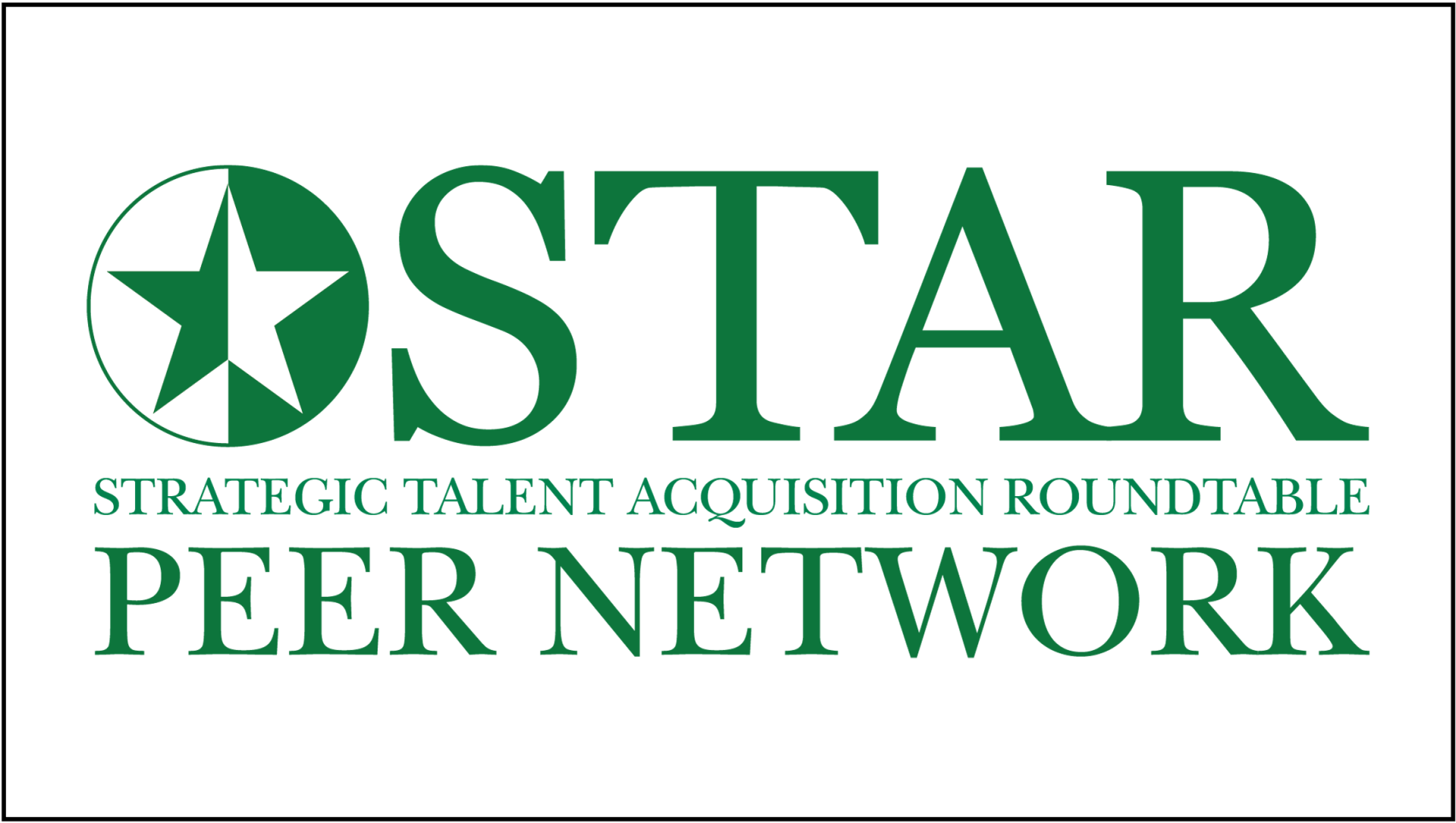Just in Time Hiring
Oct 9
/
Shally Steckerl
Most organizations expect to turn the hiring process on and off like a light switch as needed. During times of growth, a company will open requisitions once the need becomes urgent, which is usually too late. As a response, additional recruiters are hired immediately either on a contract or as full-time employees.
No Knowledge of Corporate Culture
New recruiters with little company experience and virtually no knowledge of corporate culture are then expected to at once turn around and hire the next wave of talent in short order.
Even organizations enjoying solid partnerships with contingent staffing vendors expect quick ramp-up and turn-around time. It becomes practically impossible for vendors to take the time required to evaluate candidates to present the highest quality available honestly.
Hiring top talent is the single most critical aspect of attaining growth with staying power.
Even organizations enjoying solid partnerships with contingent staffing vendors expect quick ramp-up and turn-around time. It becomes practically impossible for vendors to take the time required to evaluate candidates to present the highest quality available honestly.
Hiring top talent is the single most critical aspect of attaining growth with staying power.
Maintaining Quality of Hire
Maintaining a high quality of hire, while building and retaining a reliable employment brand enables organizations to be able to respond sharply to fast-changing talent acquisition demands.
It’s simply not feasible to recruit “on-demand” like that. “Just in time” hiring is a company-wide strategy. One built around creating a scalable pipeline that allows the talent into recruitment processes to ebb and flow, suitably matching demand.
Behind this seemingly intricate dance, the most critical piece is the care and maintenance of a candidate network. So that sufficient contacts within the prospective talent pool are kept warm and can be reached at the right time.
To achieve the delicate balance between retaining the interest of prospective talent, yet not set unrealistically high expectations, organizations must begin by empowering recruitment to be connected to all levels of the company.
As long as the talent acquisition function maintains strategic relationships with company leadership, hiring managers, and the candidate network, hiring “just in time” is possible.
It’s simply not feasible to recruit “on-demand” like that. “Just in time” hiring is a company-wide strategy. One built around creating a scalable pipeline that allows the talent into recruitment processes to ebb and flow, suitably matching demand.
Behind this seemingly intricate dance, the most critical piece is the care and maintenance of a candidate network. So that sufficient contacts within the prospective talent pool are kept warm and can be reached at the right time.
To achieve the delicate balance between retaining the interest of prospective talent, yet not set unrealistically high expectations, organizations must begin by empowering recruitment to be connected to all levels of the company.
As long as the talent acquisition function maintains strategic relationships with company leadership, hiring managers, and the candidate network, hiring “just in time” is possible.
Appropriate Forecasting Increases Demand For Talent
With appropriate forecasting of increased demand for talent, a recruitment organization can quickly scale up. By engaging an already expectant pool of talent, instead of starting over from scratch each time needs change.
In this article, we will examine an infrastructure that fosters “just in time” project-based hiring. And evaluate a strategy for rapid ad hoc deployment of special hiring teams in such an environment.
In this article, we will examine an infrastructure that fosters “just in time” project-based hiring. And evaluate a strategy for rapid ad hoc deployment of special hiring teams in such an environment.
The Talent Landscape
A solid strategy begins with a clearly defined plan. At the foundation of a plan is nonambiguous language, that one can easily communicate. There is a rampant misconception we must dispose of in the employment marketplace before conveying a “Just in Time” strategy. That is the damaging myth of the passive candidate.
There is no such thing as a passive candidate.So-called passive talent is a fantasy used to conjure up a kind of prospective employee that has taken little or no initiative to find an opportunity.
In short, the term “passive” candidate is used to describe a potential employee that needs recruiting before they would consider a particular employment opportunity. If they are not in a position to consider the opportunity at all, then they simply are not a candidate. For that opportunity, or at that time.
There is no such thing as a passive candidate.So-called passive talent is a fantasy used to conjure up a kind of prospective employee that has taken little or no initiative to find an opportunity.
In short, the term “passive” candidate is used to describe a potential employee that needs recruiting before they would consider a particular employment opportunity. If they are not in a position to consider the opportunity at all, then they simply are not a candidate. For that opportunity, or at that time.
Suspects, Prospects, Candidates, and Applicants
There are four distinct types of talent in the marketplace. Aside from their suitability for the new role, these four types are stages. Separated only by the amount of time or energy, they will invest in search of that new role.
These four types can occur in anyone at different times in their career. And individuals frequently shift from one type to another during the recruitment process.
These four types can occur in anyone at different times in their career. And individuals frequently shift from one type to another during the recruitment process.
Progressing from left to right on the diagram above, the amount of time and effort dramatically increases from one stage to the next.

A lead (suspect) would quickly turn away from an opportunity, especially in the case when presented with the amount of time they would need to invest in interviews and completion of paperwork before recruitment. A prospect, however, is willing to consider investing some time to participate in exploratory phone calls.
The candidate, investing much more time into the process, would be willing to attend interviews. But may balk and lose interest if confronted with all the required paperwork.
In comparison, a prospective employee entering the process directly into the applicant stage is frequently willing to jump through all the hoops. Complete lengthy forms online, even when they feel they have a slim chance of receiving a call back from a recruiter.
The candidate, investing much more time into the process, would be willing to attend interviews. But may balk and lose interest if confronted with all the required paperwork.
In comparison, a prospective employee entering the process directly into the applicant stage is frequently willing to jump through all the hoops. Complete lengthy forms online, even when they feel they have a slim chance of receiving a call back from a recruiter.
Potential employees may enter this process at any of the four points. Or they may traverse through all four, but they must be treated differently at each stage.
The most “passive” of applicants could have begun as a suspect or lead where they did not initiate the process themselves. Instead, they received an initial cold call from a recruiter, for example. Upon recruitment, they became a prospect because they felt this was a compelling opportunity, and it was the right time to explore it.
If it isn’t the right fit or the right time, the lead would have never become a prospect. Instead, smart recruiters treat many of those contacts as resources. Keeping them in their network so they can produce referrals. Or be re-approached once their situation changes or the timing is right.
After some preliminary phone conversations either now or in the future. They may become a candidate, attend interviews, and potentially complete the necessary application process.
This is the most resource-intensive approach since the lead identified by an expert researcher referred or somehow obtained by a knowledgeable recruiter. Who followed up with several time-consuming attempts to contact. One of which leads to an initial recruitment conversation.
The future employee would have then received additional attention from the recruiter, to convert them from a prospect to a candidate. And of course, the candidate would also invest plenty of their own time in calls, interviews, and through the application process.
Alternatively, a prospective employee may apply directly without being approached initially by a recruiter. And proceed in the manner standard to that company.
A passive candidate is no more than an applicant.
Whether that is through an online process or via walk-in applications, they are taking the full initiative themselves. Thus they enter immediately into the Applicant stage. This is what would typically be called an “active” candidate.
A passive candidate, then, is really no more than an applicant approached directly and actively recruited for the right opportunity at the right time. An active candidate is simply one who eagerly applies for opportunities. Regardless if it is the right fit or at the right time.
Top talent may come from any part of this spectrum. Still, the largest population of untapped high-quality talent found where at least a moderate amount of effort required on the part of the recruiting organization.
There’s a middle area awash with ambiguity. Candidates take varying degrees of initiative depending on their perception of the opportunity or prospective employer. It is precisely because of that ambiguity that this middle area is where you find the largest return on investment of recruitment activities.
A passive candidate, then, is really no more than an applicant approached directly and actively recruited for the right opportunity at the right time. An active candidate is simply one who eagerly applies for opportunities. Regardless if it is the right fit or at the right time.
Top talent may come from any part of this spectrum. Still, the largest population of untapped high-quality talent found where at least a moderate amount of effort required on the part of the recruiting organization.
There’s a middle area awash with ambiguity. Candidates take varying degrees of initiative depending on their perception of the opportunity or prospective employer. It is precisely because of that ambiguity that this middle area is where you find the largest return on investment of recruitment activities.
Contact Us
-
7742 Spalding Dr. #106
Norcross, GA 30092 -
+1 888-804-7950
-
info@tsiuniversity.com
Contact Us
-
7742 Spalding Dr. #106
Norcross, GA 30092 -
+1 888-804-7950
-
info@tsiuniversity.com
Get in touch
Please feel free to get in touch with us to start a conversation about how we can help you can create a high-performance talent acquisition advantage for your organization.
-
Riviera Advisors, Inc.
P.O. Box 41446
Long Beach, CA 90853 USA -
STARoundtable@RivieraAdvisors.com
-
(800) 635-9063 (toll-free)
Copyright ©2025 The Sourcing Institute and RecruitingDaily, LLC. All Rights Reserved.
Copyright ©2025 The Sourcing Institute and RecruitingDaily, LLC. All Rights Reserved.
Copyright ©2025 Riviera Advisors. All Rights Reserved.


